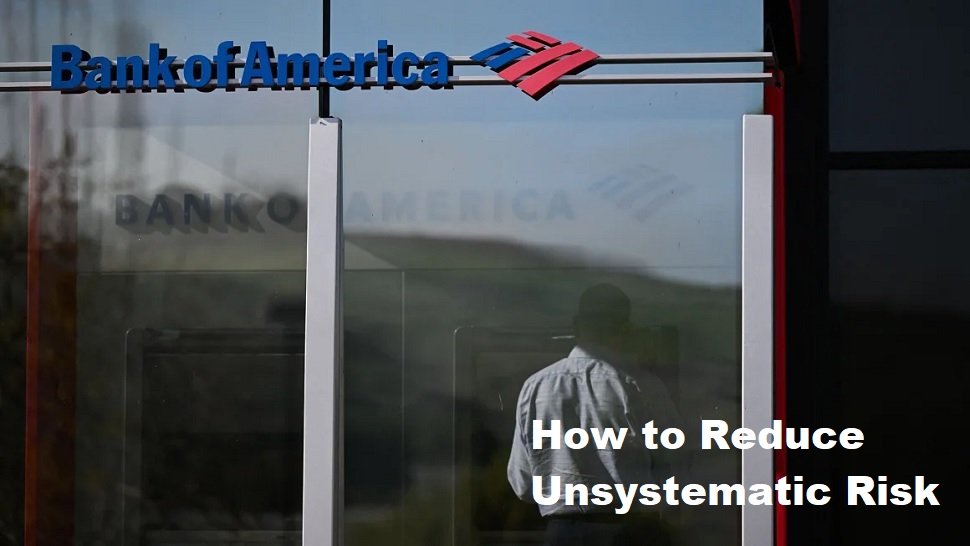Lightning strikes are a powerful and often destructive force of nature, with trees frequently acting as unintended lightning rods. While thunderstorms electrify the skies, certain trees become prime targets due to a mix of biological, environmental, and physical factors. Here are five key reasons why trees are vulnerable to lightning strikes, unraveling the science behind this phenomenon.
- Height and Prominence: The Tallest Target Wins
Trees, especially those towering above their surroundings, naturally attract lightning. Lightning seeks the shortest path to the ground, and tall objects—like mature oaks, pines, or redwoods—provide an ideal conduit. A study by the National Severe Storms Laboratory (NSSL) found that 70% of lightning strikes hit objects taller than 10 meters (33 feet). In forests, the tallest trees act as natural lightning rods, diverting strikes away from shorter vegetation. However, isolated trees in open fields or hilltops face even greater risks, as their prominence leaves them unprotected by neighboring structures.
- High Moisture Content: Nature’s Conductor
Water is an excellent conductor of electricity, and trees with high moisture content—whether from sap, internal water reserves, or rain-soaked bark—are more likely to channel lightning. During storms, rainwater accumulates on leaves and bark, creating a conductive pathway from the sky to the roots. Species like willows and poplars, which thrive in wet environments, are particularly susceptible. Even a tree’s internal structure plays a role: moist, living tissues beneath the bark offer less resistance to electrical currents than dry, dead wood.
- Species-Specific Traits: Bark and Sap Matter
Not all trees are equally prone to lightning strikes. Species with rough, deeply grooved bark, such as oaks, tend to suffer more frequent strikes than smooth-barked trees like beeches. The grooves trap moisture and create pathways for electrical currents. Additionally, resinous trees like pines may explode upon impact due to flammable sap, though their sticky resin doesn’t necessarily attract strikes. Conversely, palm trees, with their fibrous, water-rich trunks, are common lightning victims in tropical regions.
- Isolation: No Shelter from the Storm
A tree standing alone in a field, pasture, or urban park lacks the protective buffer of a forest canopy. Lightning is less likely to strike clustered trees because the charge disperses among multiple targets. Isolated trees, however, become the sole focal point for electrical discharge. This explains why historic “loner” trees, such as the 2,000-year-old Angel Oak in South Carolina, often bear lightning scars. Urban planners sometimes install lightning rods on such trees to mitigate damage.
- Location and Topography: High Ground Equals High Risk
Trees growing on elevated terrain—hilltops, ridges, or mountain slopes—are exposed to stronger electrical fields during storms. Lightning tends to strike the highest point in a landscape, making these trees vulnerable. Proximity to water bodies, such as lakes or rivers, also increases risk. Humid microclimates near water enhance storm intensity, while the moist soil improves grounding, creating an efficient circuit for lightning to follow into the earth.
The Aftermath: Why Lightning Damage Varies
When lightning strikes a tree, the results range from superficial bark scars to catastrophic explosions. The tree’s moisture content determines the severity: rapid vaporization of internal water can rupture trunks, while drier trees may survive with minimal damage. Root systems also play a role—trees with deep, extensive roots safely dissipate energy into the ground, whereas shallow-rooted species may suffer root zone destruction.
Broader Implications: Ecology and Human Safety
Lightning-struck trees contribute to forest ecosystems by creating deadwood habitats for wildlife, but they also pose risks. Falling limbs or fires ignited by strikes threaten nearby structures. To reduce hazards, experts recommend installing lightning protection systems on valuable or historic trees and avoiding sheltering under isolated trees during storms.
Conclusion: Nature’s Electric Balancing Act
Trees, while essential to ecosystems, are caught in a delicate dance with lightning—a reminder of nature’s raw power. Understanding these five factors helps arborists, landscapers, and communities mitigate risks while appreciating the complex interplay between biology and atmospheric forces. As climate change intensifies storm patterns, the science of lightning and trees will only grow more critical.









